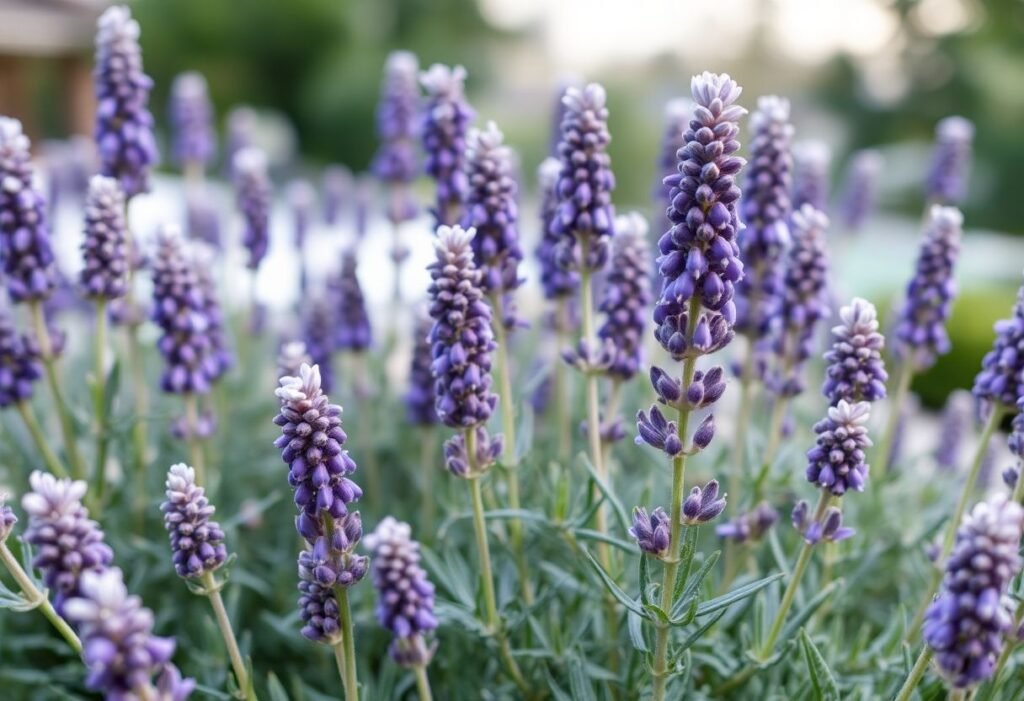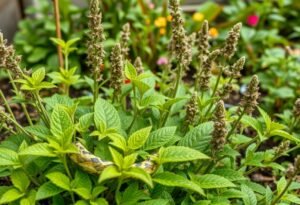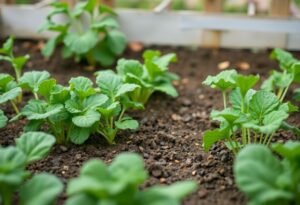The Importance of Winterizing Lavender Plants
Lavender is not only a stunning addition to any garden but also offers calming fragrances that elevate our daily lives. Knowing how to winterize lavender plants is essential for ensuring their survival through harsh winter conditions. Failing to protect them could lead to frost damage or excessive moisture, which can lead to root rot. Take the time to winterize properly, and you will be rewarded with lush blooms in the warmer months.
Steps to Prepare Lavender for Winter
One of the first steps in winterize lavender plants is pruning. Late fall is the ideal time for this task. By trimming your lavender plants down to about one-third of their height, you promote healthy growth and discourage any unwanted pests from settling in the foliage. This is an important step that sets the stage for robust blooming come spring.
Choosing the Right Location for Winterizing Lavender
Another vital aspect of winterizing lavender plants is finding the right spot in your garden. If you have lavender in pots, consider moving them to a sheltered area during harsh weather. Optimal protection entails ensuring good air circulation and shielding the plants from icy winds. A warm nook in your yard can do wonders for their well-being through winter.
Preventing Excess Moisture
Excess moisture can be detrimental to lavender over the winter months. To tackle this, make sure that the soil where your lavender grows is adequately draining. Using gravel or sandy soil mixture can enhance drainage. Also, avoid watering lavender during the colder months to prevent waterlogging, a common enemy that can lead to root rot.
Using Natural Fertilizers for Winter
Applying natural fertilizers before winter can aid in strengthening lavender plants. A mixture of compost and organic fertilizers supplies essential nutrients that support healthy roots. This step prepares your plants not just to survive but to thrive, promoting vibrant blooms in the upcoming seasons and showcasing the beauty of your garden.
Winter Care for Lavender
Keeping an eye on your lavender winter care is crucial. Regular monitoring is one of the key strategies in winterize lavender plants. After heavy snowfall, check your plants for any excessive buildup of snow or ice, as this can weigh down the branches. Timely action, like gently brushing off snow, ensures that your lavender stays healthy till spring.
Guarding Against Pests
Winter can attract pests looking for shelter, and this could spell disaster for your lavender. Using protective coverings or row covers can shield your plants from potential infestations. This aspect of winterizing lavender plants is essential, as it helps prevent problems before they begin, saving you effort during the growing season.
Conclusion
Successfully winterizing your lavender plants is a labor of love that pays off with stunning blossoms every spring. Embrace the knowledge of how to winterize lavender plants properly, and ensure that your garden thrives through the colder months. By caring for your lavender, you nurture a vibrant garden space that offers beauty and joy all year long. Let’s get started on preparing your lavender for winter!
Disclaimer
This article is for informational purposes only. Always consult an expert before making gardening decisions.

















